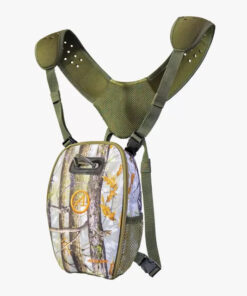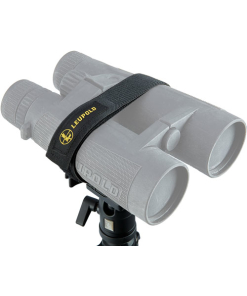During the winter the National ELK Refuge in Jackson, WY feeds elk mostly during hard winters when the animals Are threatened with starvation. This practice is very common in most western states. It has now come under fire with accusations that these practices promote the spread of diseases.
CWD found near refuge.
On Dec. 31 U.S. fish and wildlife Services released a plan with the intentions to gradually decrease the amount of food the elk receive until they are no longer depended on being fed during winter months. The plan is a result of a lawsuit filed by the Defenders of wildlife, National Wildlife Refuge Association and the Sierra Club back in March of last year with concerns of concentrated populations spreading CWD among the herds.
“The bottom line is this is supposed to reduce the reliance on supplemental feeding and having the elk that overwinter on the National Elk Refuge more reliant on native vegetation,” said Ketti Spomer, the refuge’s acting manager.
The feeding plans are meant to be flexible and “adaptive,” and in no way preclude the possibility of feeding elk and bison during heavy winters.
“We’re not going to risk a mass die-off,” Deputy Manager Cris Dippel said. “That’s not our goal, despite what some folks would say.”
“Part of the problem is they have let 12 years go by without doing anything,” Earthjustice Managing Attorney Tim Preso said. “It’s a shame that we’re now in a position where all this stuff that we could have been addressing over 12 years is playing out in real time with chronic wasting on the doorstep of the refuge.
Their plan is to start feeding later in the winter and earlier in the spring every year on Jackson WY only by a week or so to gradually condition the herds and draw fewer and fewer elk each year and disperse animals sooner on the 24,778-acre refuge. Because elk congregating on artificial feed lines is a learned behavior, the thinking goes that over time fewer animals would show up, leading to a smaller wintertime population.
The objective detailed in the plan is to reduce the three-year running average of elk and bison “fed days” to 50% or less. gradually reducing elk numbers to a level where feeding isn’t necessary in an ordinary winter. It would mark a monumental change, considering the 107-year history of feeding on the refuge. These changes have come about do to a Mule Deer buck hit by a car near the refuge was found to have CWD.










